City Directories and History: The historic Middleton Place Plantation is a national treasure. One of the best sites to further enjoy seeing the history of Middleton Plantation is at: Middleton Plantation
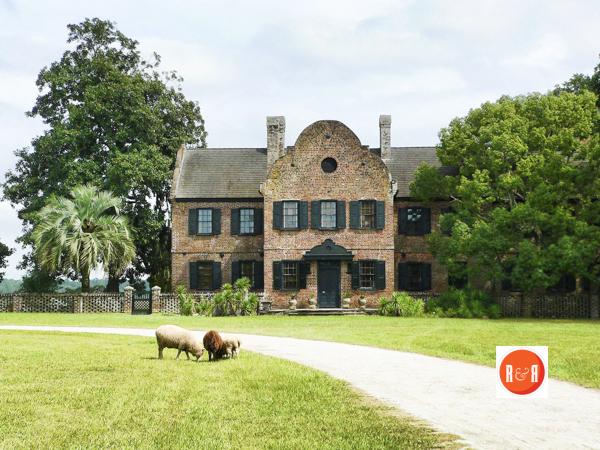
Photo contributed to R&R by Gazie Nagle @ www.fineartbygazie.com
Please enjoy seeing it’s history and tour information at: https://www.middletonplace.org/ as well as seeing Charleston Before 1945 at: Middleton Place
In 1699 it appears that 600 acres of that land was conveyed to Richard Godfrey and later transferred to John Baker. On July 15,1729, John Baker sold 200 of the 600 acres to John Williams. Later the entire 600 acre appears in the possession of John Williams’ son-in-law, Henry Middleton. It is believed that when John Williams died, he left the property to his daughter Mary, who married Henry Middleton, the son of the Honourable Arthur Middleton, Commander in Chief, President of the Council, and acting Governor of the Province of South Carolina. Although Henry was the heir of “The Oaks,” which he inherited from his father, he spent most of his time on the property which his wife received. Soon after the property was in the possession of Henry Middleton and his wife, it acquired the name of Middleton Place. In 1764 Henry Middleton purchased a great deal of marsh land in front of Middleton Place and on the other side of the river.Upon his death, Henry Middleton left the property to his son, Arthur Middleton, where he established his family residence for the most part of every year. When Arthur died in 1787, he passed the property by will to his son Henry (II) who, in turn, willed the property to his son Williams Middleton in 1846.
Williams Middleton willed the property to his daughter Elizabeth, who passed the estate by will in 1914 to its present owner J. J. Pringle Smith, Elizabeth’s first cousin once removed. It is unknown whether the first Mr. Henry Middleton built the main house at Middleton Place or whether he merely enlarged it. At any rate, he can be accredited with originating the gardens and terraces after the Revolution by having an English gardener landscape the property. It was also while the property was under the ownership of Henry Middleton, who was President of the First Continental Congress during the American Revolution, that the “seeds of the Revolution germinated at Middleton Place.” When the British troops held the river, they established one of their headquarters at Middleton Place, destroying much of the mansion s furnishings while there. When they were driven out, the terms for their surrender and their withdrawal were accepted in the Middleton House. But war returned and Middleton Place was a “prime target” of the British. Consequently, the house, its furniture, and all the quarters were destroyed by the British, with the exception of part of the South wing of the mansion. Legend says that 100 slaves worked for ten years building the formal terraces. One of the legends told about the plantation occurred during the Revolution when a Mr. Elliot, a relative of the Middletons, was having breakfast at the house, he was told by a Negro servant that the British were coming. Elliot fled through the gardens to a pond where he jumped in. He escaped by swimming to a hollow gum tree and remaining there until the British left. (They probably assumed that he had drowned.) Since then this pond has been called “Elliot’s Pond ” Henry Middleton’s son, Arthur Middleton, and his grandson, Governor Henry Middleton, continued the project of landscaping the property to beautify the grounds. In some records in Charleston, it is said that the first four camellias that were brought to
America were planted at Middleton Place in 1787 by the French botanist, Andre Michaux. Three of these four camellias are still living today. Williams Middleton, son of Governor Henry Middleton, also dedicated himself to the care and expansion of the garden, and he is accredited with introducing the Indian Azalea to the place. Once again in 1865 war brought destruction to Middleton Place. Following the War Between the States, there was a scarcity of money so only the main portion of the gardens and the wing of the house which is still standing could be restored. Gradually, Mr. Pringle Smith, the present owner, and his wife were able to reconstruct the gardens according to the original plan laid out by Henry Middleton. Today the garden, the ornamental lakes, and the terraces cover an area of 65 acres and the plantation covers almost 8000 acres.
(Information from: Names in South Carolina by C.H. Neuffer, Published by the S.C. Dept. of English, USC)
Other sources: Charleston Tax Payers of Charleston, SC in 1860-61, Dwelling Houses of Charleston by Alice R.H. Smith – 1917, Charleston 1861 Census Schedule, and a 1872 Bird’s Eye View of Charleston, S.C. The Hist. Charleston Foundation may also have additional data at: Past Perfect
Stay Connected
Explore history, houses, and stories across S.C. Your membership provides you with updates on regional topics, information on historic research, preservation, and monthly feature articles. But remember R&R wants to hear from you and assist in preserving your own family genealogy and memorabilia.
Visit the Southern Queries – Forum to receive assistance in answering questions, discuss genealogy, and enjoy exploring preservation topics with other members. Also listed are several history and genealogical researchers for hire.
User comments welcome — post at the bottom of this page.

R&R HISTORY LINK: SCHS Mag. article; “Henry Middleton the Ambassador to Russia” by H.E. Berquist, Jr.
Please enjoy this structure and all those listed in Roots and Recall. But remember each is private property. So view them from a distance or from a public area such as the sidewalk or public road.
Do you have information to share and preserve? Family, school, church, or other older photos and stories are welcome. Send them digitally through the “Share Your Story” link, so they too might be posted on Roots and Recall.
Thanks!
IMAGE GALLERY – Photo contributed to R&R by Gazie Nagle @ www.fineartbygazie.com
User comments always welcome - please post at the bottom of this page.
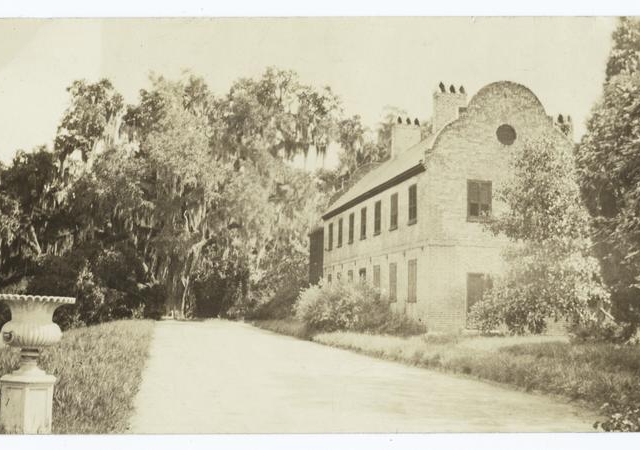
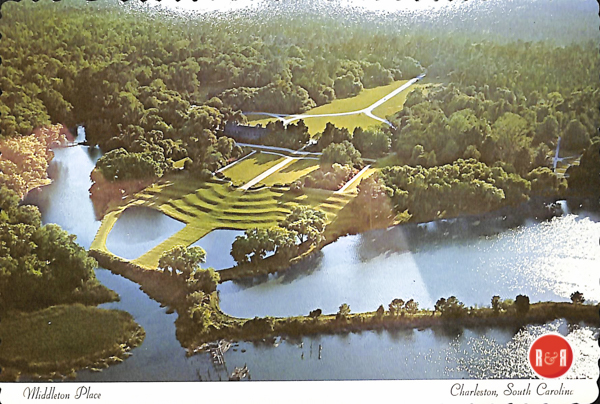
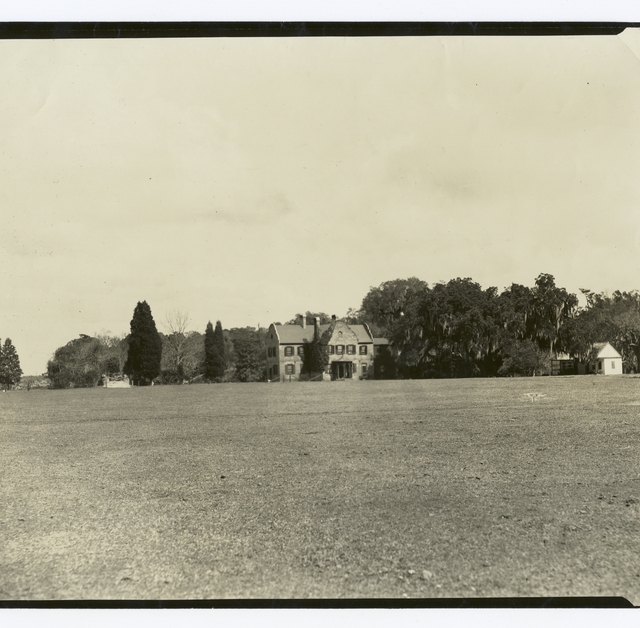
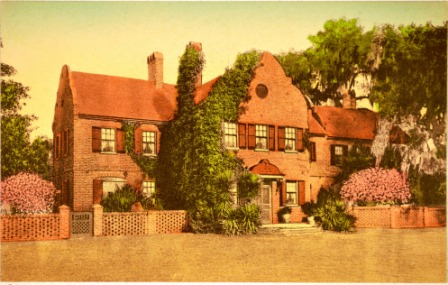

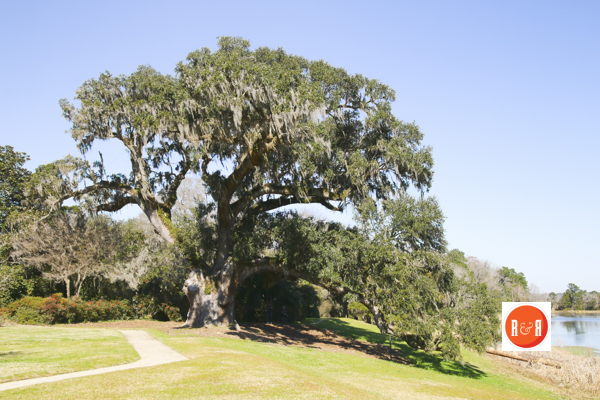
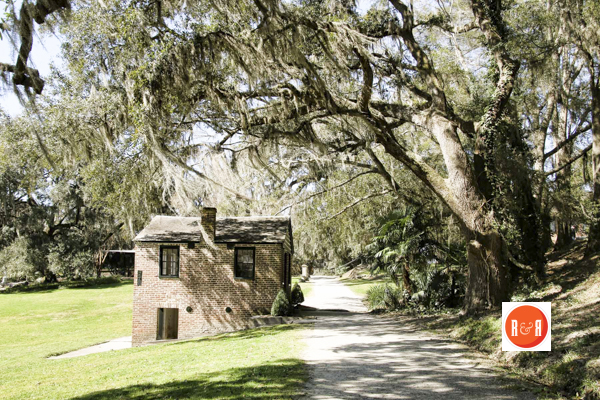
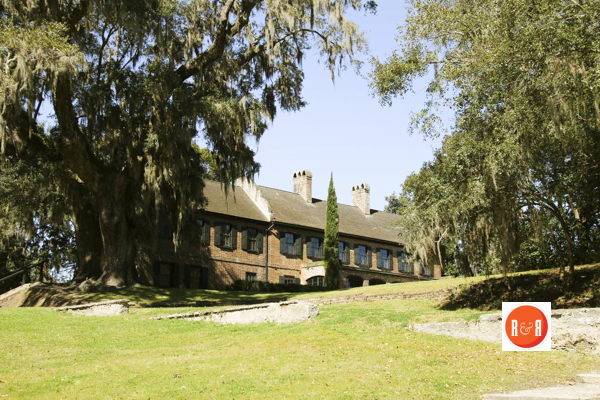
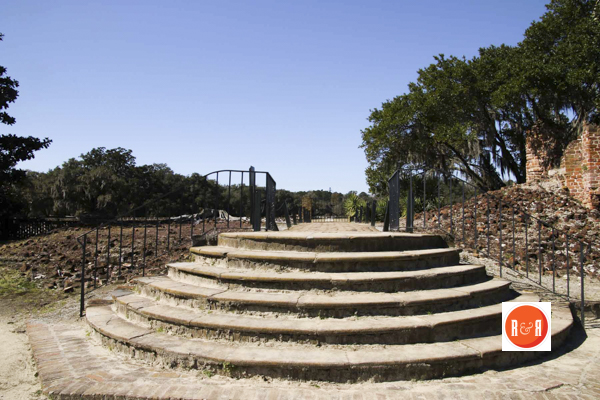
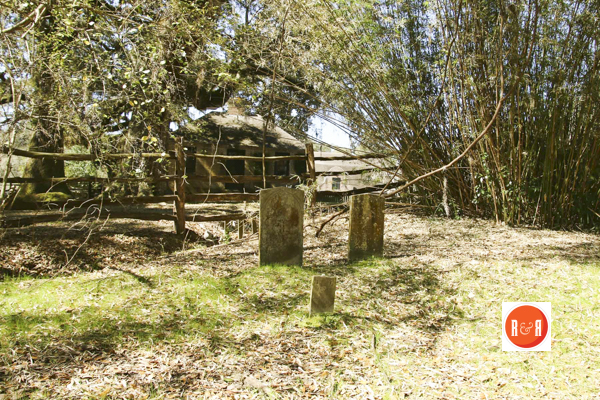
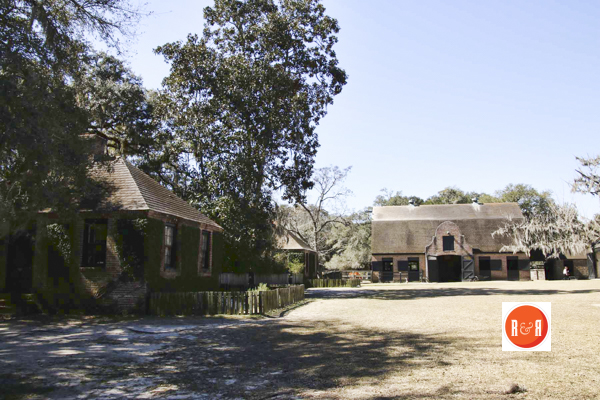
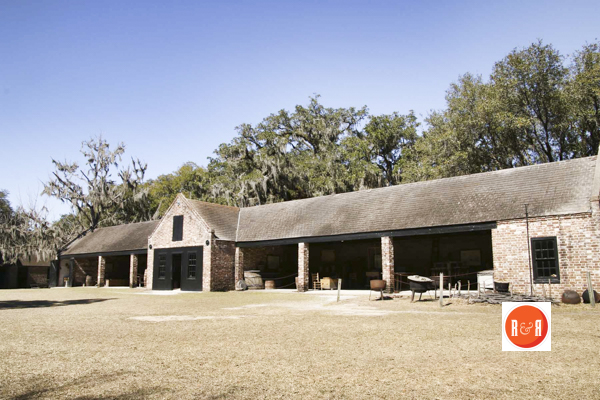


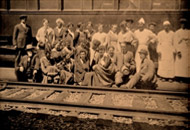
Share Your Comments & Feedback: